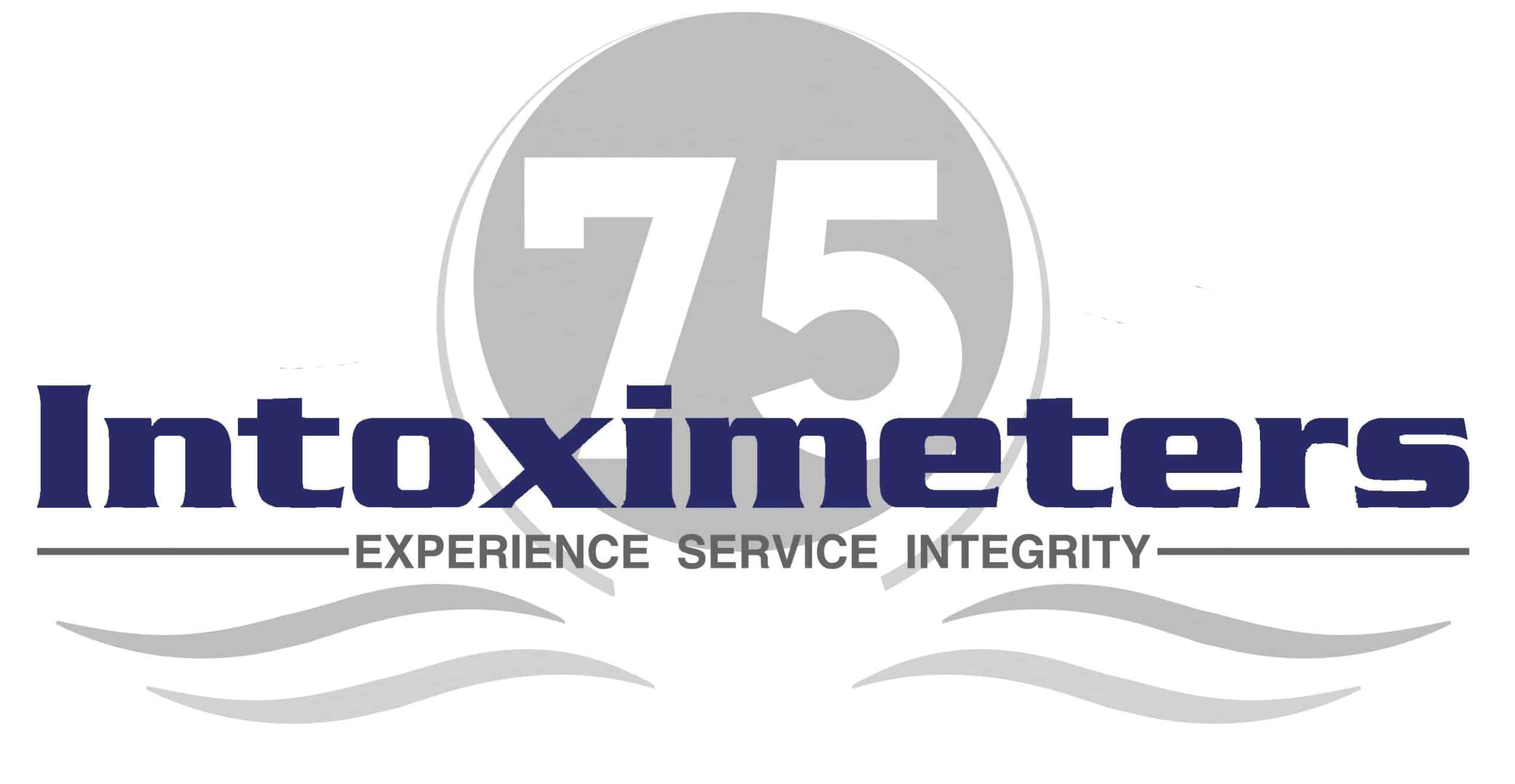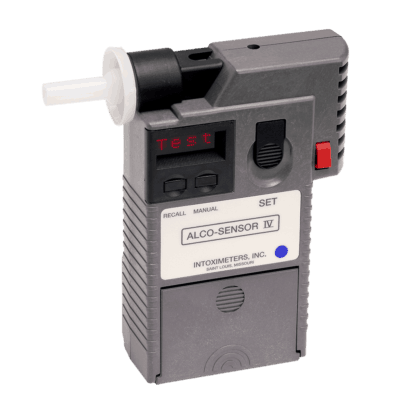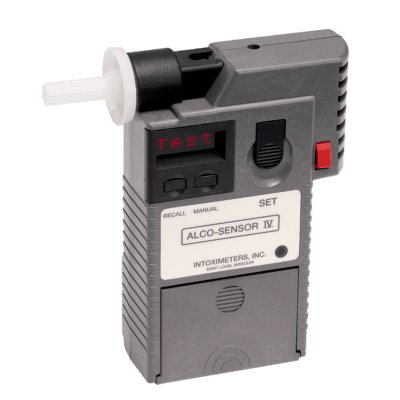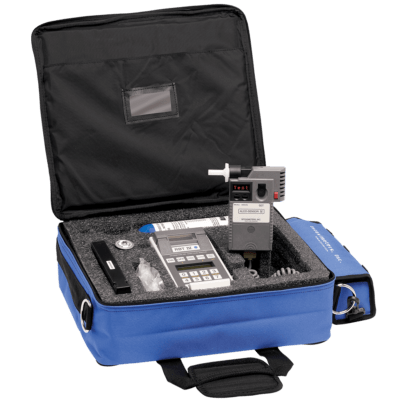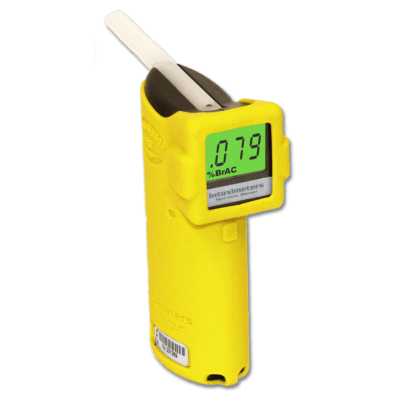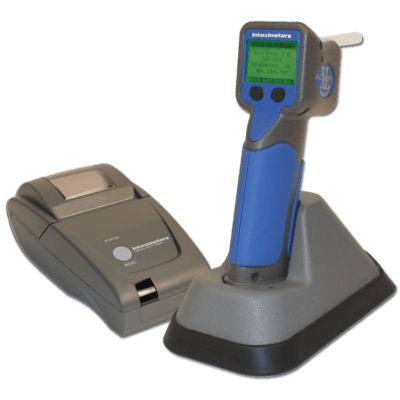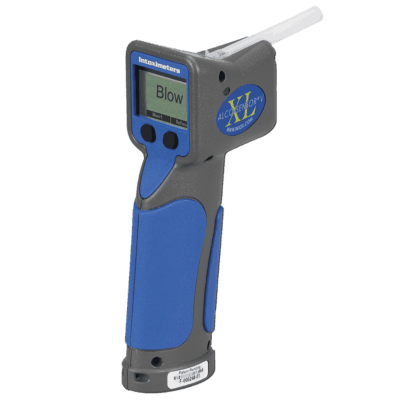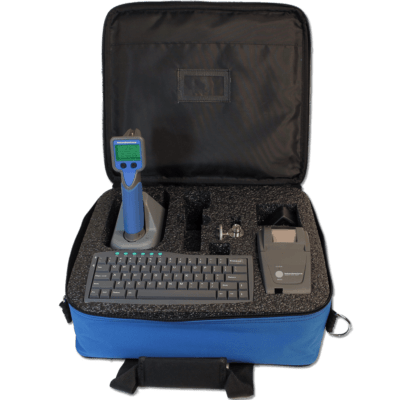Maritime
Whether for U.S. Coast Guard alcohol testing, or other testing programs at sea or other waterways, use Intoximeters instruments for post-accident testing, and for alcohol testing programs to prevent waterway incidents.
U.S. Coast Guard policy requires marine employers to have an alcohol testing device(s) readily accessible on board the vessel to determine the presence of alcohol in the system of each individual directly involved in a Serious Marine Incident (SMI). However, if testing by a third party can be accomplished within two hours of the SMI, then the marine employer does not need alcohol testing capabilities on board. In either case, alcohol testing, whether on board a vessel or contracted on shore in a location easily accessible by the vessel, becomes a requirements.
Other applications of alcohol testing on waterways include screening tests for boating while intoxicated. Many boating accidents are due to drinking and driving, and may be avoided through an alcohol testing program.
For pricing on our breath alcohol testing instruments please contact your local Intoximeters representative, Customer Service at (314) 429-4000 or request the information through our Product Information Request page.
Learn more about the types of testing methods allowed and the best way to comply with US Coast Guard regulations.
Maritime / USCG Testing
On December 22, 2005 the U.S. Coast Guard published a final rule (46 CFR Part 4) regarding chemical testing following serious marine incidents. This rule became effective on June 20, 2006.
Section 46 CFR Part 4.06-15(a) requires marine employers to have an alcohol testing device(s) readily accessible on board the vessel to determine the presence of alcohol in the system of each individual who was directly involved in the SMI. If testing by a third party can be accomplished within 2 hours of the SMI, then the marine employer does not need alcohol testing capability on board. View PDF 46 CFR Part 4.
Collection of an employee’s breath or saliva to comply with Part 4 chemical testing requirements must be done by personnel trained to operate the alcohol-testing device. Intoximeters offers training programs for all of our instruments to assist marine employers in complying with this regulation.
Applications
- USCG Regulated Testing and
- Company Policy / Unregulated Testing
- Boating While Intoxicated prevention and enforcement
What testing methods are allowed for alcohol testing under USCG regulations?
- Breath, Blood, or Saliva samples are allowed for alcohol testing
- Only breath or saliva devices listed on one of the NHTSA CPLs (either screening or evidential) may be used
What liability exists with each testing method?
Several of the unanswered questions include:
1) What to do on a positive screen test from an alcohol screening device (ASD) – The document states that “it is beyond the narrow scope of this rulemaking” to address what to do if “there is a false positive on an alcohol screening test, if a positive alcohol reading was due to an alternate source, such as mouthwash; or because the Alcohol Screening Devices (ASD’s) are not as efficient as Evidential Breath Tests (EBTs).”
2) Confirmation Test – The rule also avoids the question as to whether or not the “Coast Guard should require a ‘confirmation’ test after the initial screening to verify the presence and level of alcohol;” (This is a standard requirement for DOT safety sensitive workplace testing.)
One issue that the Coast Guard did respond to was Cost – The Coast Guard was asked about the burdensome cost of complying with these requirements. They responded that they expected “marine employers will choose inexpensive saliva Alcohol Screening Devices (ASDs), thereby meeting the minimum requirements and costs to comply with this rule.”
Later they went on to say that “although the responsibility to ensure proper alcohol testing continues to rest on the marine employer, this final rule allows the employer to choose the most cost effective equipment and procedures for his or her operational circumstances.”
Can you determine what is cost effective without calculating the liability cost?
The rule did not offer the employer with some basic information necessary to assess that risk. In the remainder of this document, we will try to shed some light on these risks and we will offer supporting documents that will help you do the same.
Should cost of the testing unit be the only consideration?
- Will you take action on this result?
- Will you fire an employee with this result?
- Will you take disciplinary action?
- Are you familiar with what might cause a ‘false positive’ on your testing device?
- Are you aware that the approved ASD’s (Alcohol Screening Device) can have a 5% false positive rate on samples that are 60% less than the cutoff level and still be approved for use under this rule? ASD Specs and Testing for Approval (PDF)
- Do you plan to confirm a positive screening result with an evidential system? If so, how will you be able to do this, given that alcohol concentrations in the human body change over time? Unless the confirmation test is run near the time of the screening test it is probable that the results will be quite different.
- How will your insurance company interpret a positive screening result whether it is a false positive or not? Will they honor your insurance policy in the event of a Serious Marine Incident? Will your insurance rates go up in the future if you have a positive? If you have a false positive?
Do you believe that the cost savings by using an ASD outweigh the costs and liabilities of that testing method?
- If you are using a saliva test ASD, how do you plan to monitor the shelf-life of the ASD and maintain a viable supply for testing?
- With saliva based ASDs, how are you going to ensure proper environmental storage of the ASD?
- How do you plan to ensure that one-time use ASDs are operating properly? Will you run controls on each batch as some vendors recommend?
- If you are going to use a breath test ASD, how do you plan to check calibration on the ASD? Can you calibrate the device, or will you have to send it to the company for periodic maintenance? What are the logistics involved in this type of program?
What if you chose to use an Evidential Grade Breath Alcohol Testing Device (EBT)?
Another option would be to use a hybrid of the US DOT rules that would still carry some of the cost of the basic equipment that allows Screen / Confirmatory testing procedures, but with a simplified training program, and depending upon the selected package, the option to have the capability to print a test record. A hybrid solution could offer the benefits of testing with an evidential grade breath analyzer, while offering a lower cost alternative.
Intoximeters, Inc. has been supplying breath alcohol detection systems to the maritime industry for more than 15 years. We understand many of the issues with regard to alcohol testing at sea.
In order to offer the best value, we have a line of evidential breath alcohol testing systems that address many concerns that we have seen in this market. Most recently we have included an extended life dry gas standard to reduce the cost of both replacement and the cost of the logistics of getting the instrument to the ship. Additionally we have easy to use instrumentation with simple-to-follow training programs (CD-Rom, On-line).
What issues should I be concerned with if I choose to buy an Evidential Breath Test Device (EBT)?
- Is it on the US DOT Conforming Products List?
- Do I want and instrument that offers manual or automatic sampling?
- Will my testing program require a printed result?
- Do I need a printer?
- Do I want to have the capability to store test data?
- How will I maintain a record of calibration for the instrument?
- Can I calibrate the instrument myself?
- What is the shelf life of the calibration standard?
- What is the cost of the:
- Instrument?
- Mouthpieces?
- Calibration Equipment?
- What kind of after sales support does the instrument manufacturer offer?
Intoximeters evidential grade breath alcohol testing systems include instruments approved for use under the USCG rule. The instruments come with:
- 100 mouthpieces
- 108 liter dry gas standard and re-usable regulator
- Training Program in Video CD-ROM format
- Water tight Pelican Case
Vi har tät kontakt med våra kontaktpersoner från våra casinon för att kunna förhandla fram de bästa casinoerbjudandena. They were promoting the fact that the offsite carpark is much cheaper at $6 on the weekend compared to $26 for the hotel carpark but as I heard an older guest rightly point out, it’s not about the money but about the convenience and security of having your car right there without having to walk. I was pleased to discover that the Ladbrokes mobile app lived up to my high expectations https://mejoresonlinecasino.com/. Progressive Jackpot Games at 888 Casino There is currently no end date set for this offer.
Additional Resources
